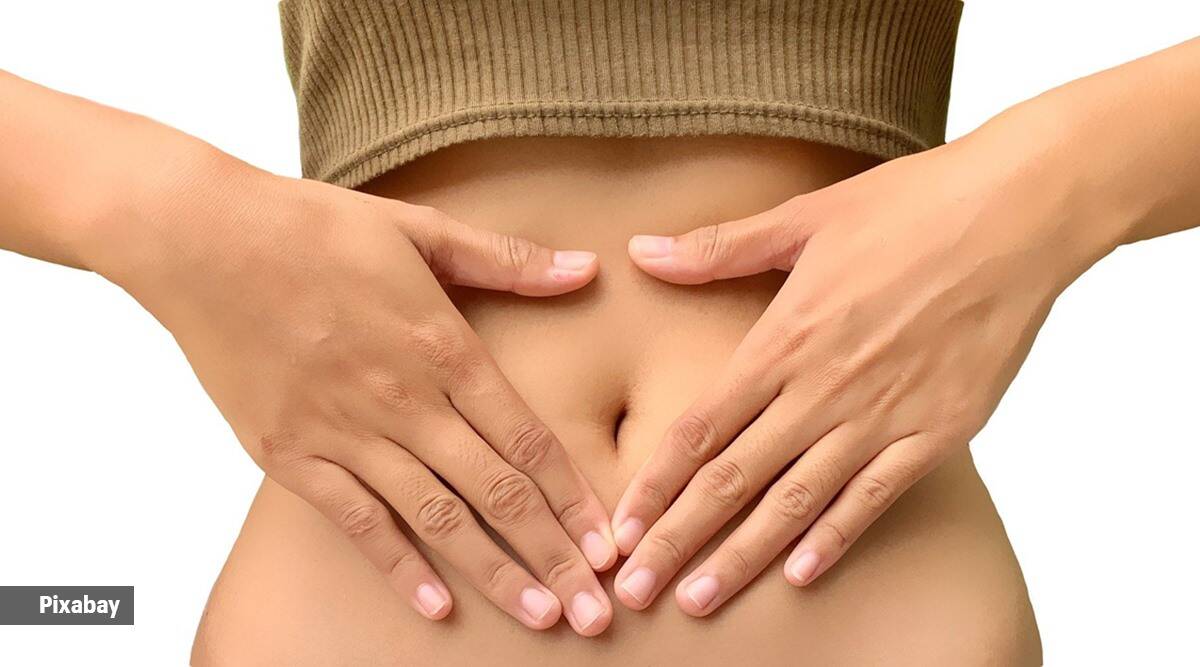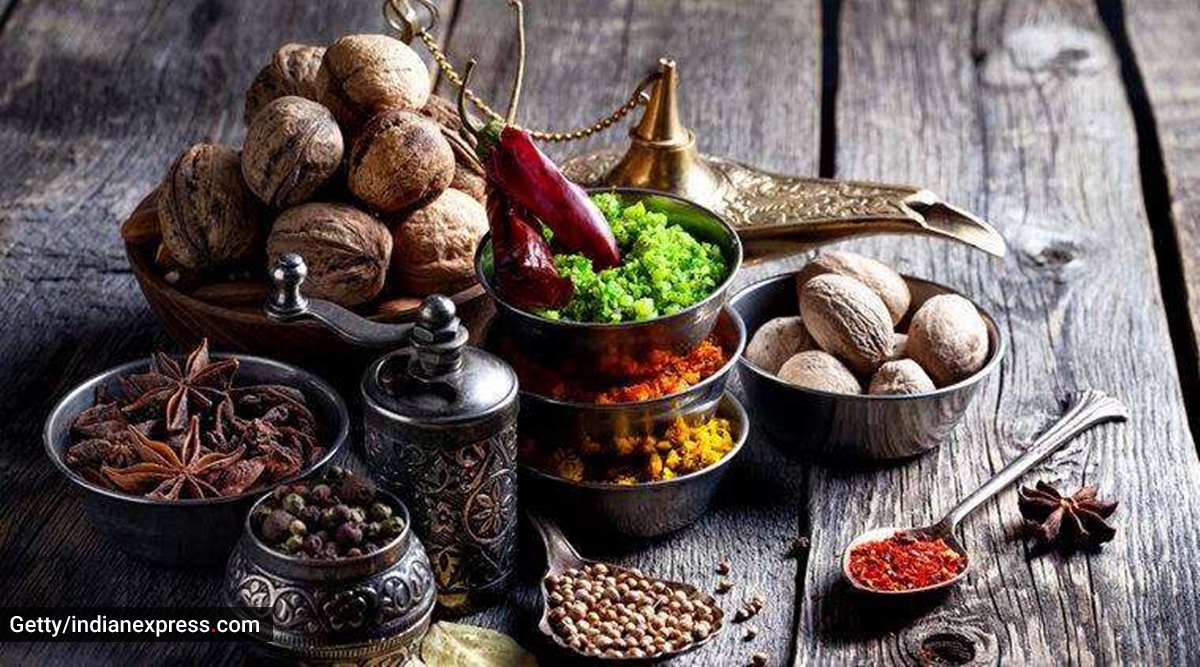Understanding Ayurvedic tridoshas: What are vata, pitta, and kapha?
Do you frequently come across the words vata, pitta and kapha, but fail to understand what they actually mean? Ahead of National Ayurveda Day, observed every year on October 23, let us delve deeper into these terms which together comprise the ‘Ayurvedic Tridoshas’. Before that, it’s crucial to know that “energy plays an important role in our life,” according to Dr Puneet, founder, Karma Ayurveda. “We need energy and vitality to live a healthy life. Ayurveda is a natural healing system that believes there are primary functional energies in our body that are aligned with the elements of nature.”
These three energies are what we call the doshas. “Vata, pitta, and kapha are the three main types of doshas or functional energies in the body. Vata is associated with wind. Pitta is related to fire, and kapha is water. These doshas are associated with the elements of nature,” he explained.
Vata
In terms of health, according to Dr Puneet, “Vata regulates all movement — breath flow, heart rate, all muscle contraction, tissue movement, and communication throughout the mind and nervous system”. It is also responsible for ensuring proper functioning of the body like breathing, proper functioning of dhatus or tissues, and handling all natural desires like hunger, thirst, urination, excretion, sleep, etc.
Pitta
“Pitta is responsible for the metabolism of the body and also the proper functioning of the digestive system. It is believed to be located in the upper abdomen above the navel. Pitta is responsible for ensuring the normal functioning of the digestive system. Pitta, associated with fire, ensures a normal body temperature,” he added.
Kapha
According to the expert, Kapha is responsible for providing the body with vitality, vigour, and immunity. “It is believed to be in the chest area. It provides stability and strength to the body structure. Since it has a water element, it hydrates tissues and cells. Also, it keeps the skin hydrated.”
 Pitta is responsible for the metabolism of the body and the proper functioning of the digestive system in the body (Source: Pixabay)
Pitta is responsible for the metabolism of the body and the proper functioning of the digestive system in the body (Source: Pixabay)
Dr Archana Sukumaran Ayurveda doctor (BAMS), Kerala Ayurveda said that the tridosha theory of Ayurveda states that these three doshas are aligned differently with different people. “Vata dosha will be dominant in some people, and in others, kapha or pitta. This arrangement of doshas, at birth, determines the physical as well as mental characteristics of the individual while also providing an insight into what health issues they might have. These three energies are like triplet babies; if one of them cries, the others will cry too; and if one of them is happy, others are at peace, too. The equilibrium of these bio-energies is called health and the imbalance disease,” she shared.
In preventive and curative aspects, understanding your natural body constitution is crucial, experts said. According to Ayurveda, there are seven such constitutions or prakriti. These are:
*Vata prakriti
*Pitta prakriti
*Kapha prakriti
*Vata-pitta prakriti
*Vata-kapha prakriti
*Pitta-kapha prakriti
*Tridoshaja prakriti
How to determine what is your type?
Vata
“A person with vata personality is a social butterfly with constant mood swings who keeps worrying about random things. These people have thin bodies with rough skin, small dry nails, prominent veins on their skin, uneven teeth structure, general dryness to eyes and hair, more talkativeness with hoarse voices, and quick grasping power,” Dr Sukumaran described. “The main asset of these people is that they are creative-minded, kind-hearted, and quick learners who can multitask. They are also generally slim and flexible. However, they usually face improper sleeping habits, irregular eating patterns, poor circulation, anxiety, unstable mood, digestive issues, and increased sensitivity to cold.”
Agreeing, Dr Puneet said, “If your energy level is high and your body is thin, you are a vata type. Your skin is mostly dry. They have joints that are prone to creaking. Your appetite is not very stable and you suffer from bloating. You have an overactive mind and are excited, enthusiastic, and full of ideas with short-term memory.” Those with a vata constitution are also believed to love summer, spring, and rain.
Pitta
According to Sukumaran, those with pitta dosha are fiery and fire-filled with random, sharp hunger pangs throughout the day. “They have a medium body with fair skin, shiny hair, sharp voice, crystal clear vision, and delicate organs. They sweat profusely and have constant thirst. They also have a short memory and grasping power and are highly intelligent. Their noteworthy qualities are that these individuals are intelligent, self-determined, and purposeful. They are also highly tenacious and master various skills quickly. Some of the issues they face are impatience, anger, acidity, gastritis, intolerance to heat, sensitive skin and acne,” she said.
Dr Puneet added that they like cold weather and love sports. “They like to be perfect at what they do and tend to get angry easily. They speak with judgement and walk steadily.”
Kapha
Those with kapha personalities are usually couch potatoes with an aversion to cold, damp, and windy places. “They have the perfect body with shiny eyes, glossy skin, and hair. They are attractive and soft-spoken with affectionate voices. They are trustworthy, patient, calm and composed, happy, wise, and caring. They have strong bones with a healthy immune system. A few challenges that they might face are that they have a slow metabolism, tend to oversleep, and are more prone to gain weight. They are also slow and lethargic with higher chances of respiratory distress and need regular encouragement to get things done,” Dr Sukumaran said.
What will happen when the doshas are imbalanced?
As discussed, these three doshas are responsible for our overall well-being, according to Ayurveda. So, “the aggravation and disharmony between these can make the body fragile and unfit,” Dr Sukumaran said, explaining what the excess of each of these doshas could lead to.
 We can identify the imbalances and take remedial measures to reinstate the balance with these symptoms (Source: Getty Images/Thinkstock)
We can identify the imbalances and take remedial measures to reinstate the balance with these symptoms (Source: Getty Images/Thinkstock)
*Excess of vata brings about digestive, mental, and nervous disorders. It impairs strength and leaves the body weak.
*Excessive pitta produces infections, inflammation, and imbalance in the enzymatic activity.
*An aggravation of kapha causes swelling, itching, expectoration, heaviness, and excessive sweating.
How to balance these doshas?
Vata
Dr Sukumaran shared that balancing vata involves sticking to hot, nourishing, sweet and oily foods. Here are some things you can follow.
*Vata pacifying foods like hot soups, buttermilk, spices, etc, can be used. Avoid cold and frozen things.
*Choose heavy/nourishing food over light foods. Lightness tends to increase vata.
*Avoid raw, uncooked foods as they cause bloating. Dhanwantharam pills can help curb bloating.
*Hydrate yourself to manage dryness.
*Resort to regular abhyanga or massage with nourishing oils like dhanwantharam thailam.
*Abstain from fasting and excessive exercising.
*Include sweet, salty, and sour foods more in the diet.
Pitta
To balance pitta, a cooling diet and regimen are necessary. The expert suggested the following tips.
*Avoid direct sun exposure.
*Use sweet, bitter, and astringent tastes more in the diet.
*Avoid spicy, hot food and stick to relatively cold and mild food items.
*Stay away from emotionally frustrating situations as they have a bad temper.
*To delay premature greying, do shiro abhyanga or head massage with neelibringadi keram.
*Fruits like pear, apple, coconut, papaya, pomegranate, and dates should be included.
*In the case of acne, herbal blood purifiers like khadirarishta can be helpful.
*Purgation can be done according to strength.
Kapha
To balance kapha, one must opt for hot food and regimen. “Try to stick to something that makes you active and creative,” Dr Sukumaran said.
*Do vigorous exercises.
*Seek warmth.
*Avoid dairy products.
*Add spices to the diet.
*Instead of rice and wheat, barley or corn can be used.
*Light fruits like watermelon and apricot can be consumed.
*Stay away from artificial and natural sweeteners. Honey can be used instead.
*Favour bitter, pungent, and astringent tastes. Sweet and salt are a definite no-no.
*Do vamana (emesis) once in a while.
*Warm liquids like soups and teas can be helpful.
📣 For more lifestyle news, follow us on Instagram | Twitter | Facebook and don’t miss out on the latest updates!
Source link
